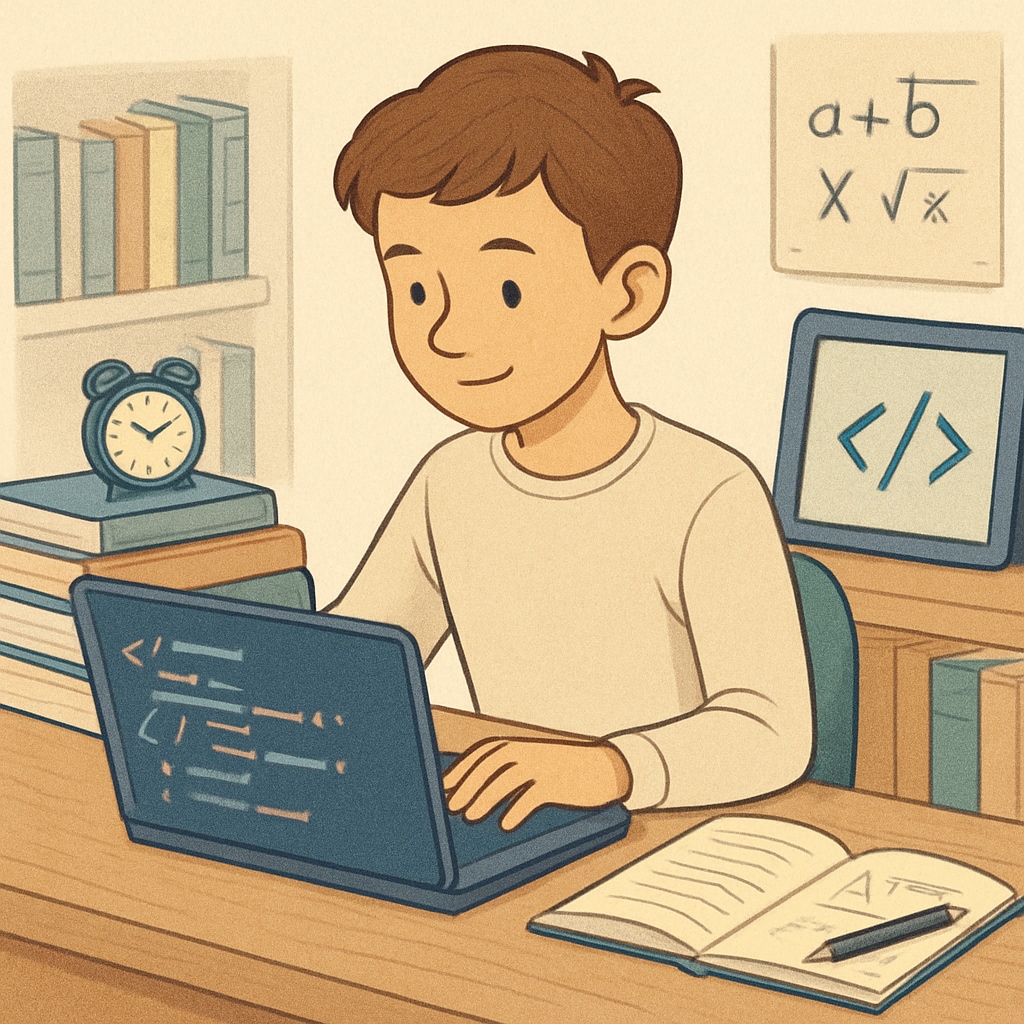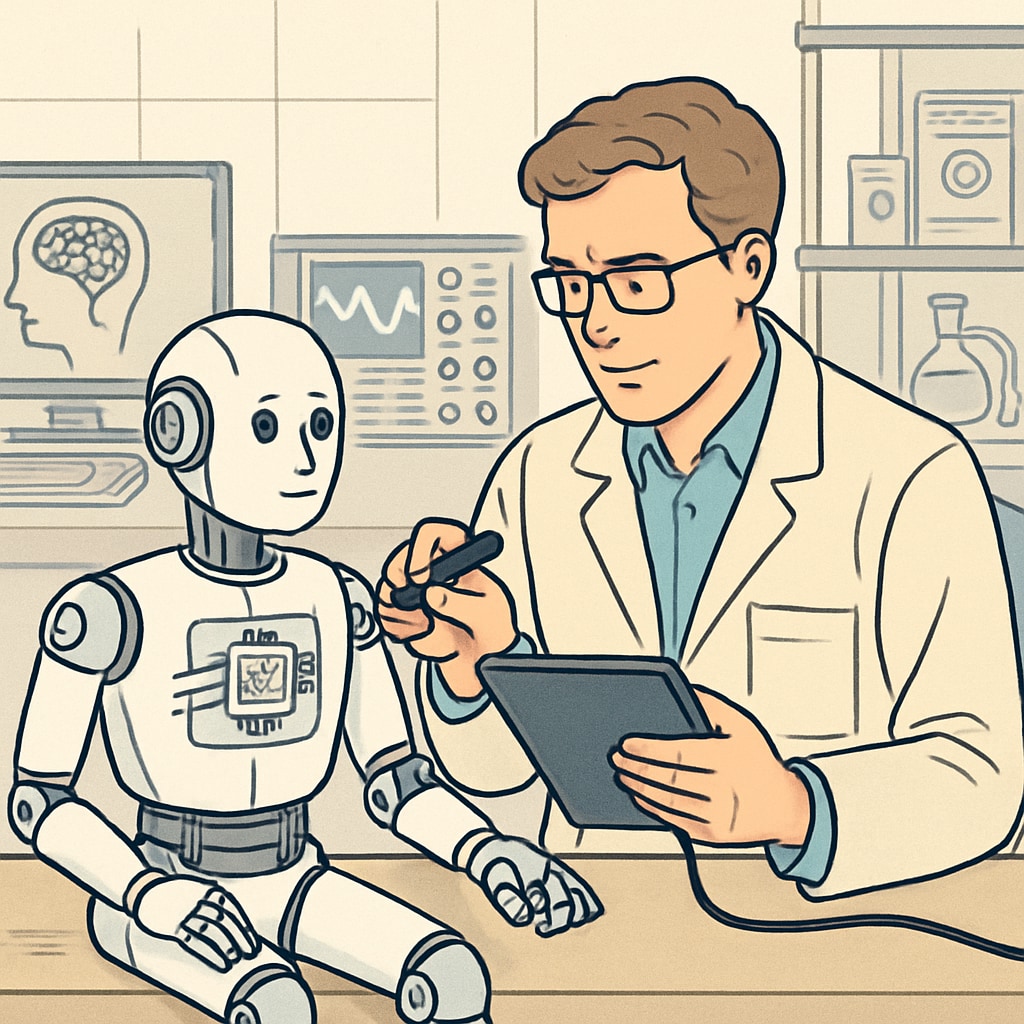In the age of artificial intelligence (AI), teenagers often find themselves grappling with uncertainty when it comes to career planning. The rapid evolution of AI technologies has reshaped industries and created new opportunities, yet it has also sparked fears about job security and the relevance of traditional roles. Among the most discussed careers are those of programmers and engineers, which are frequently viewed as the cornerstones of the tech industry. This article explores the distinctions between these two professions, examines AI’s influence on them, and offers practical advice to guide teens toward confident career decisions in the AI-driven world.
Understanding the Difference Between Programmers and Engineers
While programmers and engineers are often lumped together in discussions about technology careers, their roles differ significantly. Programmers focus on writing and debugging code, creating software applications, or developing algorithms. Engineers, on the other hand, often work on broader systems design, integrating hardware and software, and solving complex technical problems using a combination of programming knowledge and engineering principles.
For example, a software programmer might develop a mobile app, while a software engineer could design the entire platform that supports the app, including its backend infrastructure and scalability. Understanding these distinctions can help teens identify which role aligns better with their strengths and interests.

How AI Is Transforming These Professions
AI has significantly impacted both programming and engineering, automating repetitive tasks and introducing new challenges. For programmers, AI-powered tools like machine learning frameworks can streamline coding processes and enhance productivity. However, they also require programmers to learn new skills, such as training AI models or working with advanced algorithms. Engineers, meanwhile, are increasingly tasked with integrating AI into broader systems, such as robotics, autonomous vehicles, and IoT (Internet of Things) devices.
Despite fears of automation replacing human jobs, the reality is more nuanced. AI creates opportunities for innovation and requires professionals who can creatively solve problems that machines cannot address. For teens considering these careers, learning how to adapt to AI-driven changes is essential.

Practical Tips for Career Planning in the AI Era
To help teens navigate their career choices in an AI-driven world, here are some actionable strategies:
- Explore Interests: Encourage teens to explore their passions, whether they lean toward coding, system design, or another field entirely. Hands-on experience through internships, online courses, or personal projects can provide clarity.
- Stay Updated: AI is a rapidly evolving field. Teens should stay informed about advancements and emerging technologies to understand potential career paths.
- Develop Adaptability: The ability to learn and adapt to new tools and frameworks is more important than mastering a single programming language or engineering skill.
- Seek Mentorship: Connecting with professionals in the field can offer valuable insights and guidance. Mentors can provide real-world perspectives on what it takes to succeed in programming or engineering roles.
Looking Beyond Programming and Engineering
While programming and engineering are prominent in the tech landscape, AI has opened doors to an array of other career opportunities. Roles such as data scientists, AI ethicists, and UX/UI designers are gaining traction as critical contributors to the AI ecosystem. These careers require a blend of technical expertise and creativity, appealing to teens with diverse interests.
In addition, humanities-focused careers in AI, such as policy-making and ethical considerations, are essential for shaping the responsible use of technology in society. This demonstrates that the AI era is not limited to purely technical roles, offering alternatives for those who are not inclined toward programming or engineering.
By broadening their perspective, teens can discover paths that align with their unique skills and aspirations.
Conclusion
The AI-driven transformation of the workforce poses both challenges and opportunities for teenagers navigating career choices. By understanding the distinctions between programmers and engineers, staying adaptable, and exploring emerging roles, young individuals can position themselves for success in the dynamic world of AI. Ultimately, the key is to embrace change, remain curious, and focus on cultivating skills that will remain relevant in an ever-evolving technological landscape.
Readability guidance: Short paragraphs and bullet points enhance the article’s readability. Active voice and transitional phrases ensure smooth flow. Images placed strategically complement the content.


